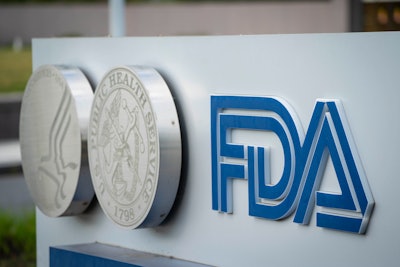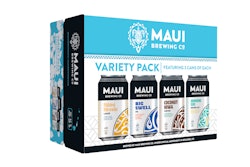U.S. companies have completed a voluntary phaseout to cease the use of PFAS in food packaging, the FDA announced Wednesday.
This phaseout is a “win for public health,” and “the result of FDA research and leadership, combined with cooperation from the industry,” Jim Jones, deputy commissioner for human foods, says in a release.
The phaseout eliminates the primary source of dietary exposure to the substances for U.S. consumers, through cannels like fast-food wrappers, microwave popcorn bags, take-out paperboard containers, and pet food bags, the FDA release says.
Per- and polyfluoroalkyl substances (PFAS), also known as “forever chemicals,” are a group of thousands of chemicals used in food packaging for their grease- and water-proofing properties, as well as in various other products and manufacturing applications.
The substances can bioaccumulate in humans, and have been linked to decreased fertility, developmental effects in children, increased risk of some cancers, and other negative health effects, according to the EPA.
After finding evidence of bio-persistence of certain short-chain PFAS containing 6:2 fluorotelomer alcohol (6:2 FTOH) in a post-market safety assessment, the FDA in 2020 reached out to U.S. manufacturers to obtain voluntary commitments to end sales of these substances.
Wednesday’s announcement marks the completion of that commitment. The FDA also confirmed that more manufacturers have voluntarily stopped sales of other food contact substances intended for U.S. use as grease-proofing agents, which contained different types of PFAS.
“The research FDA scientists conducted and published played a large part in helping the agency obtain commitments from manufacturers to voluntarily phase out the use of these substances containing PFAS in paper and paperboard food packaging products,” Jones says.
It could take 18 months from the last date of sale to exhaust the market supply of food packaging containing PFAS, though most of the committed companies have exited the market before the final date, the FDA says.
The FDA says it is also working on a “validated analytical method” to monitor the market for these substances moving forward.
“Assessing progress of these efforts takes time. Various parts of the industry are implementing changes and there are lags in data reporting,” Jones says. “However, we are encouraged that through collaboration and a shared interest in the health and welfare of the public, together with industry we can achieve positive health outcomes.”


























